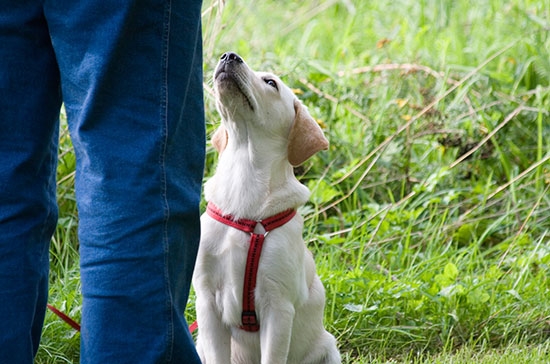AAHA animal behavior guidelines released
 Approximately 7.6 million companion animals enter shelters annually, according to the American Society for the Prevention of Cruelty to Animals (ASPCA). Part of the reason is due to animal behavior issues.
Approximately 7.6 million companion animals enter shelters annually, according to the American Society for the Prevention of Cruelty to Animals (ASPCA). Part of the reason is due to animal behavior issues.
That’s where the American Animal Hospital Association (AAHA) and its 2015 AAHA Canine and Feline Behavior Management Guidelines (Guidelines) can help.
Released in late July, the Guidelines offer accessible tools for providing proper behavior assessments of patients. It also offers ways to treat and manage those issues before clients decide to relinquish and/or euthanize their pets.
“These behavior guidelines are likely to be among the most important and used of AAHA's guidelines because there is so little training in veterinary behavior and veterinary behavioral medicine in veterinary schools,” said Karen Overall, VMD, and chair of the 2015 AAHA Canine and Feline Behavior Management Guidelines Task Force.
“These guidelines provide practitioners with a compendium of basic information, culled from the most recent research, that can allow them to immediately utilize new developments in this field and provide their clients with the most modern, humane guidance in the field.”
Most dogs and cats relinquished to shelters, euthanized for behavioral problems, or abandoned are 1 to 3 years old and in the midst of social maturity, note the Guidelines. Changes in pet behavior are potentially life-threatening, yet many of the problems emerging during that time can be addressed with simple intervention.
The Guidelines address common behavioral problems including aggression, elimination disorders, separation anxiety, noise phobia, and cat-to-cat aggression.
“Veterinarians are now recognizing that their patients can be fearful or anxious and that these conditions not only affect their ability to deliver care, but that they affect the quality of their patient's life, the quality of the client's life, and possibly....whether their patients live or die,” Overall said.
“Like the infectious diseases against which we vaccinate, virtually all behavior problems respond to prevention.”
AAHA’s Guidelines suggest that because behavioral conditions tend to be progressive, intervention at the earliest possible time will preserve quality of life for both the pet and the client and will make the pet an easier patient to treat.
Treatment of an animal’s social or behavioral problems should include behavior modification, training of alternative behaviors, and medication when appropriate.
The Guidelines identify qualified trainers as valuable partners of a veterinary behavior management team.
The Guidelines also oppose training methods that use aversive techniques that have been associated with detrimental effects on the human–animal bond, as well as the physical and behavioral health of the animal.
Aversive techniques cause problem behaviors in normal animals and hasten progression of behavioral disorders in distressed animals. AAHA’s Guidelines strongly endorse techniques that focus on rewarding correct behaviors and removing rewards for unwanted behaviors.
“These Guidelines will save lives, prevent euthanasia, prevent relinquishment, and give hope to those trainers and veterinary teams in shelters who are trying to relieve the epidemic of relinquishment and rehoming that causes so much mental damage,” Overall said.
The Guidelines, designed by experts in a particular area of veterinary medicine, are offered as general rules of practice for animal behavior. As such, they enable hospital staff, from director to veterinary assistant, to stay on the cutting edge of veterinary medicine.
The Guidelines were supported by a generous educational grant from CEVA Animal Health, Virbac Animal Health, and the AAHA Foundation.
Photo credit: © iStock.com/Lios



